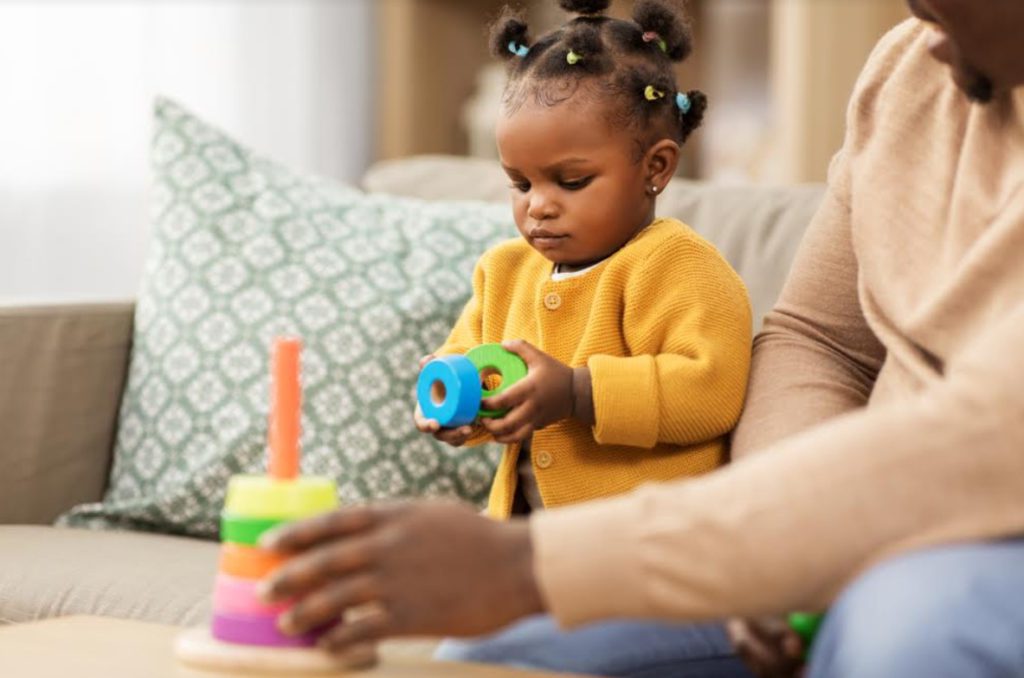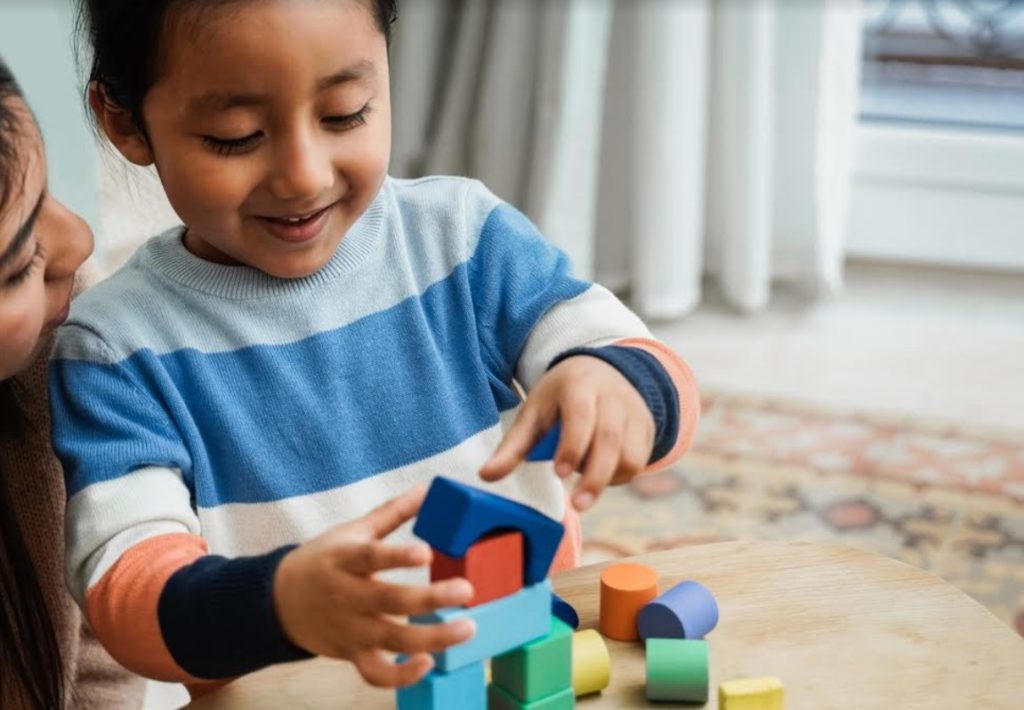Recent studies show that socioeconomic status has a major effect on children’s development. Socio-economic status encompasses not just income but also the quality of life as well as access to opportunities and privileges provided to people in society. Although a lot of research is still ongoing, experts agree that there is a strong relationship between social class and child development.
There is a significant development gap between children from economically stable backgrounds and those from the lower class. According to research, children from upper-class families have better intellectual development and fewer behavioral problems than those from financially disadvantaged families.
This article provides a research-based review to provide an in-depth understanding of the effect of social class on parenting and child development.
Have a good read!

How does Social Class affect Child Development?
There is no doubt that parents are responsible for the upkeep of their children in all areas of life. In the same manner, they have a responsibility to nurture any potential in their children. However, this can be an overwhelming task. Finding the time, energy, and resources to meet these needs can be difficult. Here is why the socioeconomic status of parents becomes significant in the development of children.
As stated earlier, the socioeconomic class of parents does not only entail their incomes. There are other factors to consider like the quality of life, privileges, opportunities, and welfare provided to people in society. All these factors combine to impact a child’s development and educational achievements. In addition, these factors also play a crucial role in affecting both the physical and psychological well-being of children.

Social Class and Physical Health
Studies have explored the relationship between social class and health status for the longest time. Many of these studies proved that compared with the lower class, the upper classes have longer life spans, better access to quality healthcare, and overall better health status. This creates a gap in the quality of life enjoyed by families in different stratifications and consequently affects the development of the children of such families.
Research has and continues to link lower socio-economic classes to poorer health outcomes at birth and throughout their lifespan. Here are some of the effects of lower social status on children’s physical health:
- Higher infant mortality rate
- Lack of access to good health facilities
- Higher risk of being overweight or obese
- Low birth weight
- Tooth decay
- Lower mental wellbeing
- Malnutrition
Social Class and Psychological Health
Generally, positive psychological outcomes like optimism, good self-esteem, and perceived control have been linked with higher levels of socio-economic status. On the other hand, children belonging to families with low socio-economic status have more negative psychological outcomes and behavioral problems.
Children from families with lower socioeconomic status are more likely to suffer from the following:
- Attention deficit/hyperactivity disorder
- Oppositional defiant disorder
- Depression
- Anxiety
- Poor coping skills
- Conduct disorders
- Low self-esteem
Although not all children from lower social classes suffer from the aforementioned, it is worthwhile to note that the stress faced by these children can change their brain development and affect their cognitive abilities.
Social Class and Educational Outcomes
For children with low social class, the burdens of their difficult lifestyle can be detrimental to their mental health, which can jeopardize their cognitive development and achievements in school. This can affect their educational outcomes.
Here are some of the educational challenges that children from low social classes face:
- Difficulty concentrating, comprehending, and remembering new information.
- Inability to exhibit appropriate behavioral or emotional responses
- Difficulty interacting with peer group
- More likely to be absent from school throughout their educational experience
- Increased drop-out rates
- Tendency to do worse in reading, writing, and numeracy
- Early experiences and environmental influences can have a negative lasting impact on learning (linguistic, cognitive, and socioemotional skills), behavior, and health.
Many children living in disadvantaged circumstances do well in school, but there is a clear and persistent gap between the educational attainment of children from different socioeconomic classes.
There are many factors that can positively impact educational success for children from economically disadvantaged families. These include:
- Quality preschool education and experiences
- Extra-curricular support during school time
- Active engagement of parents with child’s education.
As a result, every parent can follow the tips above and maximize available resources to ensure that his/her child develops in the best way possible. This way, even children of parents in the lower socioeconomic classes can perform well socially and educationally.

Conclusion
Research has proven that social stratification has a significant impact on child development and educational potential. Economic challenges affect children’s motivation, cognitive development, and child behaviors. All these factors have significant effects on children’s ability to develop normally and attain academic excellence.
Nevertheless, with proper guidance and careful planning, every child, irrespective of socioeconomic class can develop to become a core member of his/her society.
Finally, more research is needed to effectively understand the developmental turning points that will protect children from the serious hazards of growing up in poverty.

